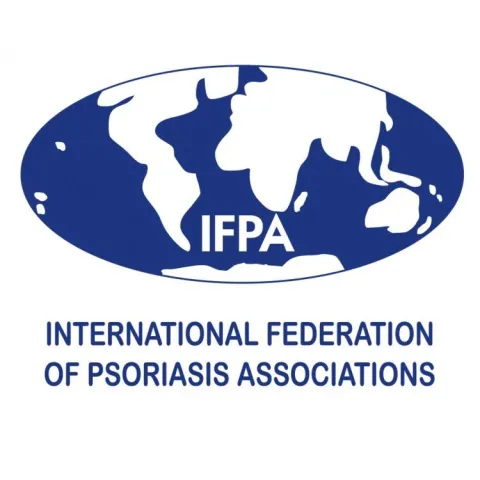
“In 2014, the WHO unanimously called for worldwide action on psoriasis. That is why IFPA wants to highlight psoriasis and its comorbidities within the NCDA. Together, we can advocate for the rights of 125m people living with psoriasis.”
The International Federation of Psoriasis Associations (IFPA) is a non-profit organization made up of national and regional psoriasis associations around the world. IFPA strives to empower its members, improve patients’ living conditions, raise awareness of psoriasis and psoriatic arthritis and cooperate with fellow stakeholders. Since its founding in 1971, IFPA has continuously sought to resolve the challenges facing the international psoriasis community.
In recent years, IFPA has seen some of the most inspiring developments ever in the history of psoriasis advocacy. The WHO officially recognized psoriasis as a severe, chronic NCD, with a high risk of comorbidities and shorter lifespan. An ensuing WHO Global Report even highlighted psoriasis’ heavy emotional and mental burden. To keep up this advocacy momentum, IFPA recently launched a psoriasis coalition – ready to take the next step.